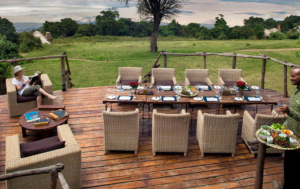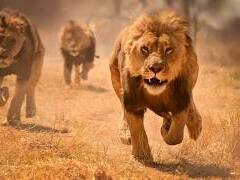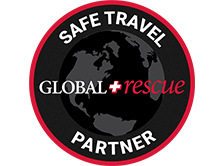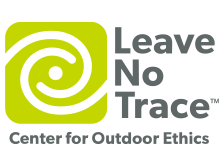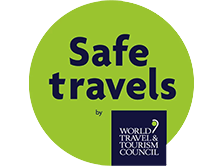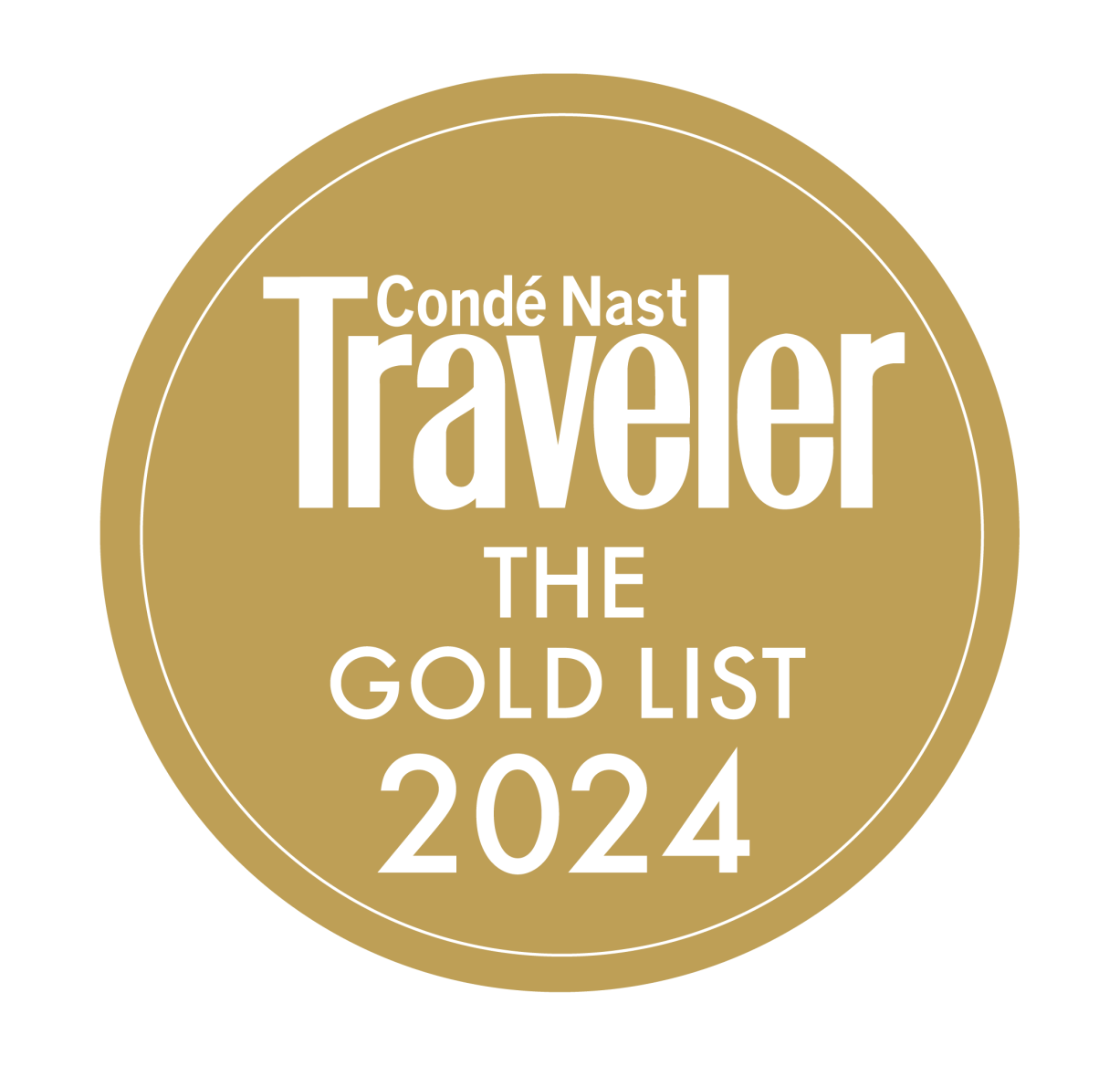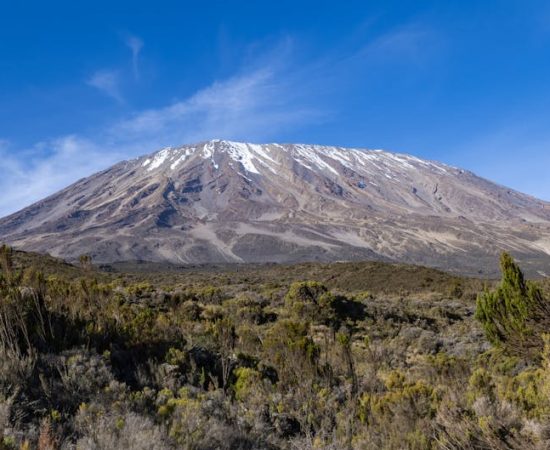Kilimanjaro Trail Conditions
Kilimanjaro Trail Conditions
Are you looking to conquer the majestic Mount Kilimanjaro? Be prepared for a trek through various terrains, from the lush rainforest to the barren Arctic zone. The Kilimanjaro Trail Conditions can be challenging, with steep, slippery sections and unstable footing.
But with the right gear, physical preparation, and knowledge, you can navigate the trails safely and enjoy the fantastic beauty of Kilimanjaro’s diverse zones. From the wet and muddy rainforest to the rocky and windy summit, Mount Kilimanjaro Climbing offers a rewarding adventure for climbers of all levels.
Quick Navigation Links
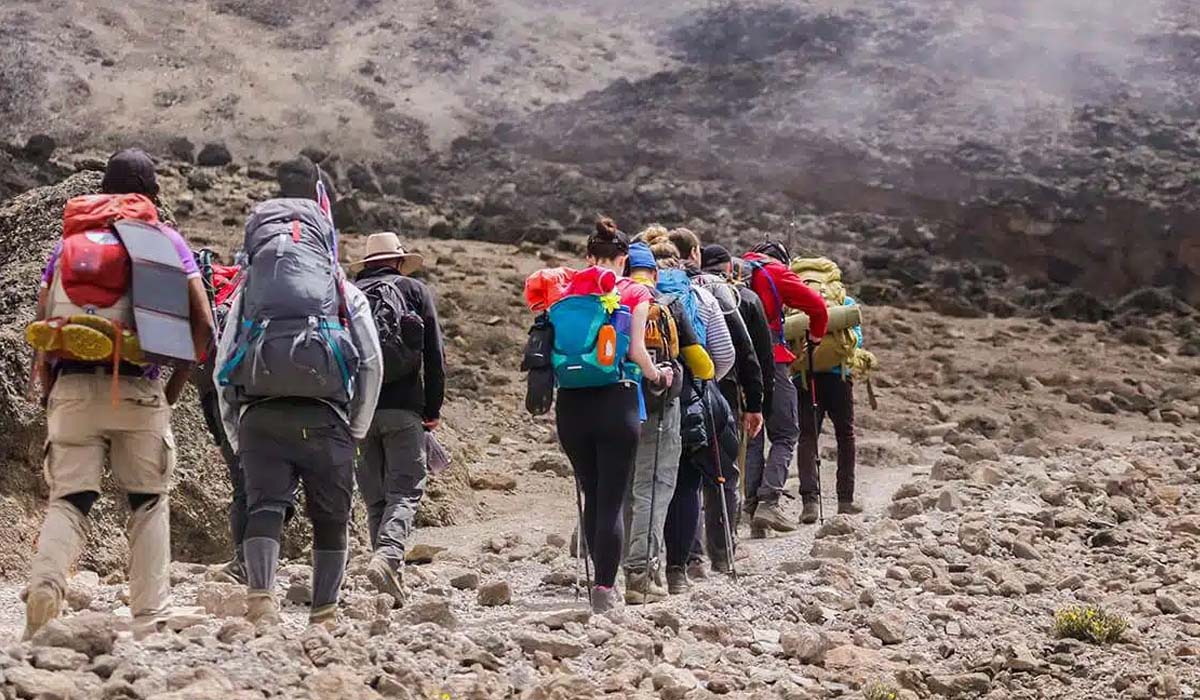
Kilimanjaro Trail Conditions in Different Ecological Zones
As you ascend Mount Kilimanjaro, you will encounter different ecological zones. Each of the zones has its unique trail conditions. Understanding these Kilimanjaro Trail Conditions is essential to prepare for your Kilimanjaro Climb.
Bushland / Lower Slopes – 2,600ft – 5,900ft (800 – 1,800m)
The bushland / lower slopes zone of Mount Kilimanjaro is the first ecological zone that hikers encounter on their ascent. This zone spans an altitude of 2,600ft – 5,900ft (800 – 1,800m) and is characterized by dry, dusty trails and sparse vegetation.- The lower slopes, with occasional gentle slopes, are relatively easy to hike. It provides an excellent opportunity for hikers to get accustomed to the Trail Conditions To Climb Kilimanjaro.
- Hiking in this zone is generally not challenging. But remember, the heat and humidity can be intense, especially during the daytime.
- Hiking in this zone is generally not challenging, but the heat and humidity can be intense, especially during the daytime.
- The vegetation in this zone has mostly bushes, grasslands, and some trees. You might see various animals too.
- Days are warm, around 70°F to 80°F (21°C to 27°C), but nights can cool to about 50°F (10°C).
- Even with simple trail conditions, hikers must be ready with the right gear.
Our Insight – Wear good shoes, use sunscreen, drink plenty of water, and take breaks to adjust to the height.
Rainforest Zone Trail Conditions – 5,900ft – 9,200ft (1,800 – 2,800m)
The rainforest zone is characterized by lush vegetation, including towering trees, ferns, and mosses. Climbers can expect this trail to be muddy and slippery due to the high humidity and frequent rainfall. So, wearing sturdy, waterproof footwear with good traction is recommended.- Climbers may also encounter steep inclines, declines, and fallen trees or branches on the trail.
- Furthermore, climbers should be prepared for changes in weather conditions, as rain and fog are common in the rainforest zone.
- It is recommended to bring appropriate rain gear. Also, check weather forecasts before embarking on Mount Kilimanjaro Climbing.
Our Insight – However, It's Important To Respect The Natural Environment And To Practice Leave No Trace Principles To Minimize The Impact On The Ecosystem.
Moorland / Health Zone Trail Conditions – 9,200ft – 13,100ft (2,800 – 4,000m)
The Kilimanjaro Trails For Hiking in moorland areas can be relatively flat with rolling hills and rocky terrain. The trails are generally well-defined and easy to follow. Depending on the season, the landscape can be covered in grasses, heather, or shrubs. Some areas may have boggy or marshy ground, especially after heavy rains.- In heath zones, the trails can become steeper and more rugged with loose rocks and scree. You may need to use your hands to scramble up some sections, and the terrain can be more exposed.
- You may encounter snow on the trail as you climb higher, especially in winter.
- Being prepared for changing weather conditions is essential, especially at higher elevations.
Our Insight – Be Sure To Bring Appropriate Gear, Stay Hydrated And Get Enough Water And Snacks To Sustain Your Energy Throughout Your Hike.
Alpine Desert Zone Trail Conditions – 13,100ft – 16,400ft (4,000 – 5,000m)
The Alpine Desert Zone in Kilimanjaro spans an elevation range of 13,100ft to 16,400ft (4,000m to 5,000m). It presents climbers with unique Trail Conditions To Climb Kilimanjaro that differ from the moorland and heath zones.
- The terrain in the Alpine Desert Zone is generally dry and barren, with rocky and sandy trails.
- As you climb higher, the air becomes thinner, and temperatures drop significantly. It makes the environment harsh and unforgiving.
- The sun’s rays can be intense, so it’s essential to wear sun protection and stay hydrated.
- The trails in this zone are relatively steep, and you may need to use your hands to scramble up some sections.
- Loose scree and rocks can make the footing unstable, so sturdy boots with good traction are necessary.
- The trails can be windy, so it’s essential to dress appropriately in layers to protect yourself from the cold and wind.
- The Alpine Desert Zone is also known for its extreme temperature fluctuations, with temperatures reaching sub-zero levels at night. So, remember to bring appropriate gear such as warm layers, a hat, and gloves to keep warm during the night.
Our Insight – Climbing In The Alpine Desert Zone Requires Careful Preparation And Knowledge. With The Right Mindset, Equipment, And Physical Preparation, You Can Experience The Beauty Of Kilimanjaro's Highest Zone.
Arctic Zone / Summit Trail Conditions – 16,400ft – 19,340ft
The Arctic Zone or Summit Zone of Kilimanjaro is the highest zone of the mountain. It stretches from 16,400ft to a peak of 19,340ft.- Hiking in the Arctic Zone is challenging due to extreme weather and rough paths.
- Trails are steep, rocky, and the thin air from high altitudes makes breathing harder.
- Because of less oxygen, the Kilimanjaro climb in this zone can be challenging. It’s crucial to take breaks and acclimatize to the height.
- It gets super cold, especially with the strong winds. Wearing lots of warm layers is a must.
Our Insight – Be Ready Both In Mind And Body. The Arctic Zone's Height And Conditions Demand A Lot From Climbers.
Stay Ahead of the Game with the Latest Kilimanjaro Trail Conditions!
Knowing the Kilimanjaro Trails Condition is essential for a safe and enjoyable trek to the summit. Tanzania Tribe Safaris is committed to providing you with the latest updates on the trail conditions and the best support and guidance for your Kilimanjaro adventure. Don’t wait any longer to experience the magnificent beauty of this natural wonder – contact us today, and let’s plan your ultimate Kilimanjaro Climb together!
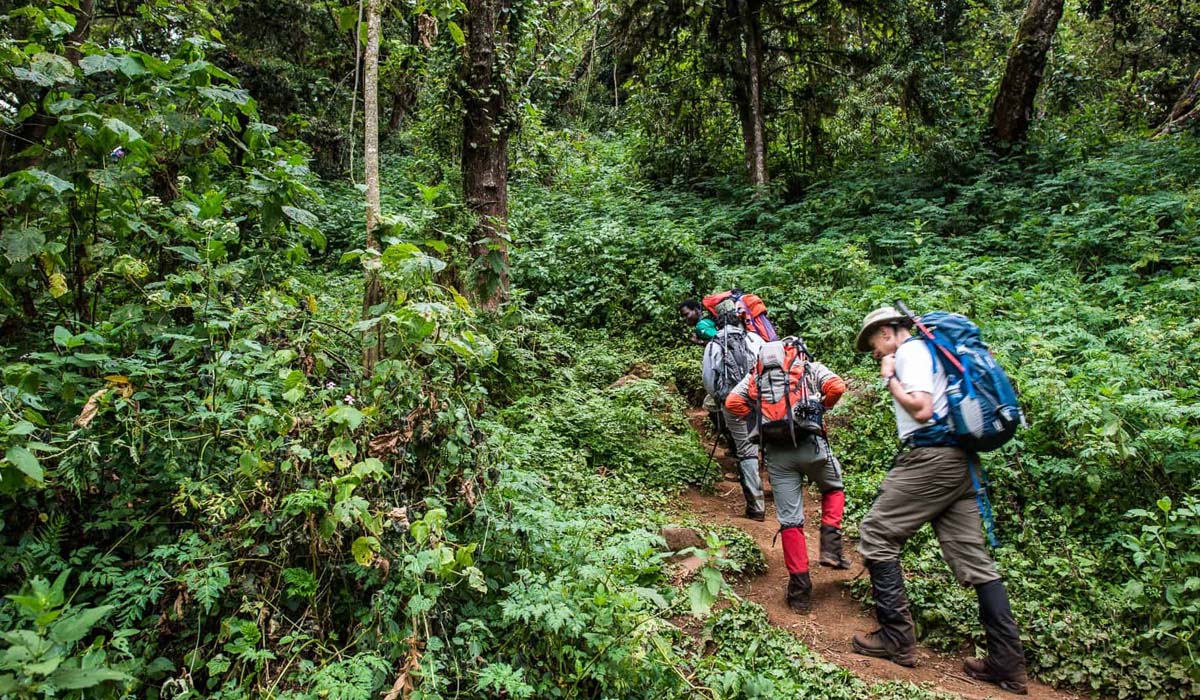
the most awaRded adVentuRe
tour operator in kilimanjaro
We are proud of our 100+ reviews on Tripadvisor, the largest tour review website.
Kilimanjaro Preparation





Kilimanjaro Trail Conditions Faq's
What are the trail conditions like on Kilimanjaro?
What’s the condition of trails in the Alpine Desert Zone?
Are the trails clearly marked?
Do I need any technical climbing skills on Mount Kilimanjaro Trails?
How busy are the trails on Kilimanjaro?
How does the condition of the trails affect the climb?
SEE WHO TRUSTED US!
Pizza Hut Breaks World Record with Trusted Delivery Partner, Tanzania Tribe Safari, (aka) summit trails.







